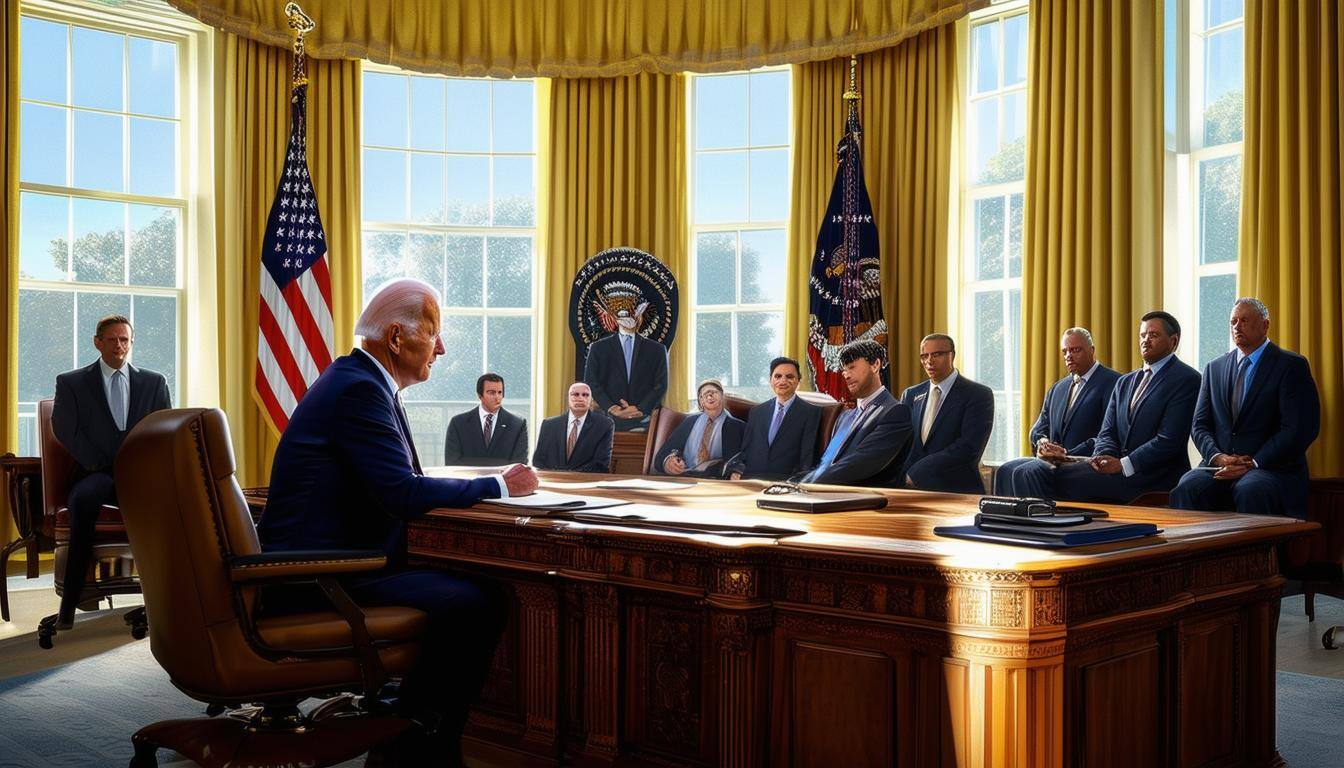By: Karrie Westmoreland
In an era where cyber threats are both frequent and sophisticated, robust cybersecurity strategies are imperative. President Joe Biden’s recent executive order, signed just days before the end of his term, marks a decisive step forward in safeguarding U.S. digital infrastructure. This directive not only sets the stage for enhanced federal and private sector cybersecurity collaboration but also underscores the growing significance of emerging threats, such as quantum computing.
The order introduces a comprehensive framework aimed at strengthening the United States' cyber defenses. Here’s what makes this directive a game-changer:
Contractors working with the federal government must now adhere to minimum cybersecurity benchmarks and provide evidence of compliance. This shift places accountability at the forefront, ensuring critical government operations are protected from vulnerabilities introduced through third-party systems.
The order empowers the U.S. to impose sanctions on foreign nations, individuals, and entities responsible for cyberattacks. This provision signals a stern warning to state-sponsored actors in countries like Russia, China, Iran, and North Korea, reinforcing the United States' commitment to holding adversaries accountable.
Quantum computing, while revolutionary, presents a potential risk to current encryption methods. The executive order mandates federal agencies to explore and adopt quantum-resistant encryption to future-proof sensitive data against potential quantum decryption capabilities.
Federal agencies are directed to modernize their cybersecurity practices by adopting zero-trust architectures, leveraging AI for threat detection, and enhancing inter-agency collaboration to address vulnerabilities comprehensively.
This executive order arrives at a critical juncture, reflecting the evolution of cyber warfare and the need for proactive defense mechanisms. With ransomware attacks, data breaches, and state-sponsored intrusions becoming more pervasive, the emphasis on setting robust cybersecurity standards is not just timely—it is essential.
Moreover, the focus on quantum computing acknowledges a forward-looking approach. While the widespread application of quantum computing is still years away, preparing now for its implications ensures the U.S. remains ahead in the cybersecurity arms race.
This directive sets a strong foundation for the incoming administration to build upon. The bipartisan support for cybersecurity initiatives indicates that addressing cyber threats will remain a national priority.
For businesses, this order highlights the growing expectation for cybersecurity compliance, especially for those engaging with federal systems. Organizations must not only invest in advanced security measures but also actively monitor emerging technologies like quantum computing to stay ahead of potential threats.
President Biden’s final executive order reflects the urgency and gravity of the cybersecurity landscape. By implementing stringent standards, empowering federal agencies, and addressing emerging technological risks, the directive aims to fortify the U.S. against current and future cyber threats.
As we transition into a new administration, one thing is clear: cybersecurity is no longer a back-office function but a national imperative. Stakeholders across sectors must collaborate to ensure resilience in the face of evolving digital threats.
Subscribe To Our Newsletter
Get updates and learn from the best
More To Explore


